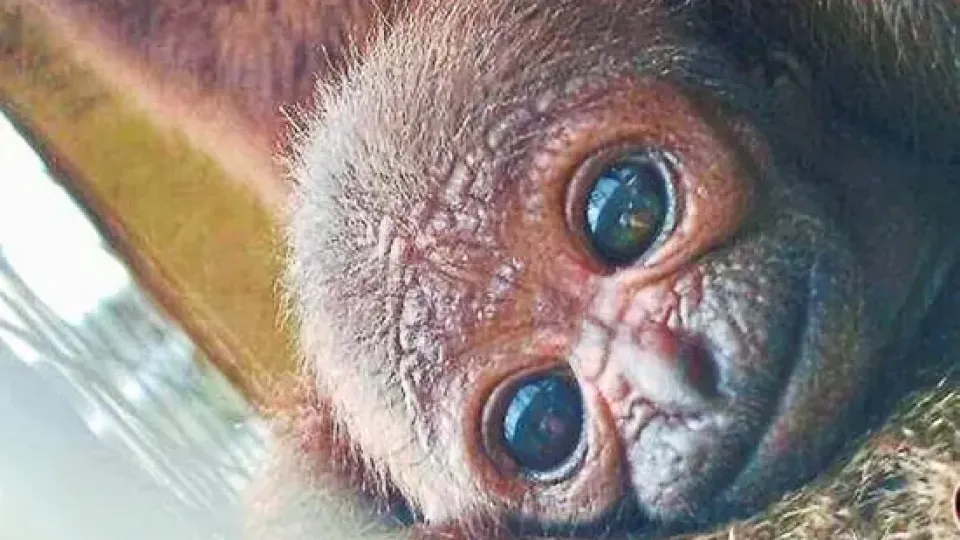June 13, 2025
KOTA KINABALU – Born to a couple that were once victims of poaching, it was a birth like no other, kept hush-hush to monitor the infant and to allow his first-time parents to bond with him.
And now, Nabalu (spirit of the mountain) has been revealed publicly, a gibbon believed to be the first in the world to be born in captivity.
Since his birth on May 8 at the Borneo Gibbon Rehabilitation Project (Borneo GReP) site in Kota Belud, Nabalu is like any other newborn.
“He likes to cling on to his mother,” said primatologist Mariani Ramli, who is the founder and president of Gibbon Conservation Society (GCS).
Nabalu’s parents are Candyman and Manis, both of whom were rescued several years ago and rehabilitated at Borneo GReP.
In a statement, GCS said the story of Candyman and Manis was one of healing and resilience.
“Before their rehabilitation, they experienced prolonged captivity – a direct result of poaching and the pet trade that continues to devastate wild gibbon populations.
“Like many others, they were likely taken from the forest as infants after their families were killed – a common practice in which poachers slaughter adult gibbons to capture a single baby,” it said.
Candyman had exhibited severe behaviours such as relentless pacing and rocking for hours, which were signs of trauma from prolonged isolation.
Manis, on the other hand, was tense and fearful.
“Today, Candyman is relaxed, alert and confident, while Manis is affectionate, playful and calm. And now, they are parents to the world’s first-ever hylobates funereus (north Bornean gibbon) baby born in rehabilitation,” Mariani said.
She said Nabalu, once he is more than six-months-old, will be released into the wild with his parents.
She said that successful gibbon rewilding requires the fulfilment of all the criteria for release based on International Union for Conservation of Nature (IUCN) guidelines.
These include brachiation (natural swinging from branch to branch), minimal time on the ground (less than 5% of the time, more than 40% in the upper canopy), proper socialisation (at least 3% of time grooming and bonding with others), and paired with a child (from a successful mating and co-parenting of offspring), she said.
According to GCS, the birth of Nabalu is significant given that his species is listed as endangered by the IUCN.
“Nabalu not only reflects the sacredness and strength of Mount Kinabalu, and embodies resilience, as well as hope for the future of Borneo’s biodiversity and wildlife, but also underscores the urgency of protecting what remains of their native habitat.”
Sabah Tourism, Culture and Environment Minister Datuk Seri Christina Liew said the ministry, through the Sabah Wildlife Department, will support gibbon conservation and rehabilitation.
Liew congratulated Mariani who has earned international recognition for her gibbon conservation and rehabilitation work in Malaysia under the auspices of GCS.
For instance, Mariani was twice named World Female Ranger Ambassador for Resilience – in 2024 and 2025 – and the only Malaysian at that.
“With your passion and relentless effort, you have made Sabah and Malaysia proud of your leadership in gibbon conservation through your society,” Liew said.

